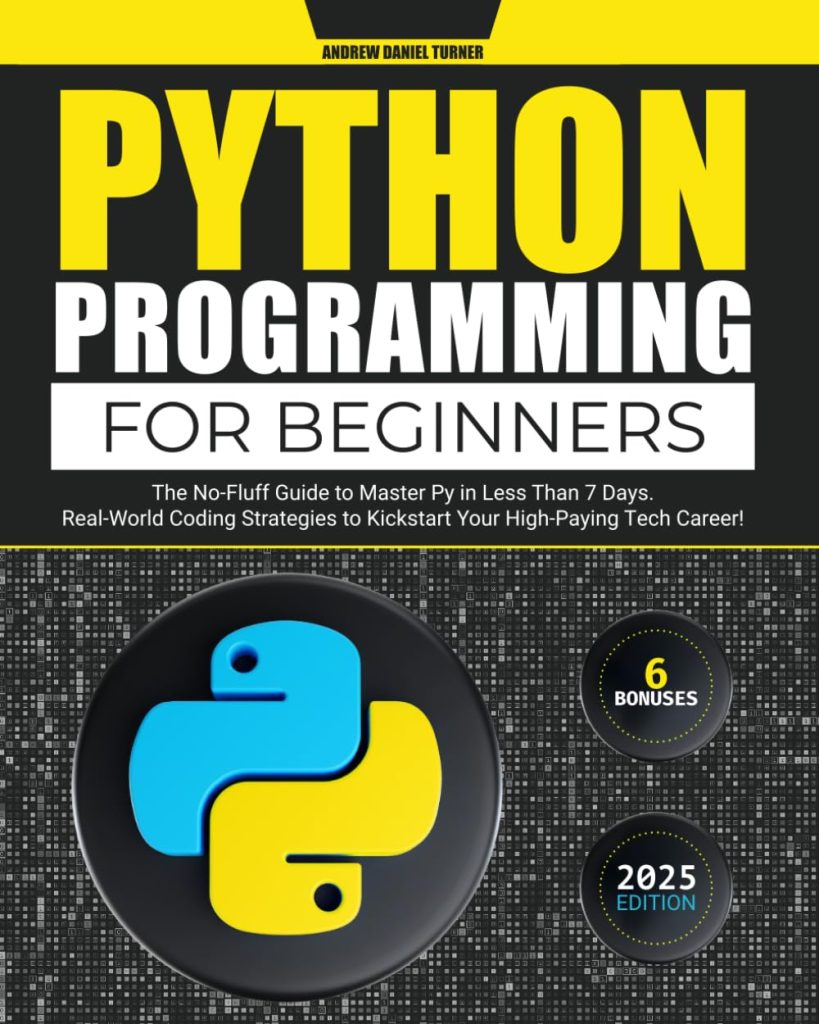
In 2023, the field of AI saw significant progress. The year featured the high-profile and somewhat controversial launch of Google Gemini Pro, as well as the release of OpenAI’s GPT-4 Turbo – a powerful model, very useful for autoblogging. Anthropic also continued to evolve its Claude model, releasing version 2.1 to reduce the risk of hallucinations. The CyberSEO Pro plugin underwent rapid development, gaining new features and integrations. Notably, it now supports all three AI models mentioned above.
As 2024 settles into its stride, it’s time to update the article “How to Make Money with an Autoblog“. This piece elicited mixed reactions from some plugin users, particularly concerning the following excerpt:
For the reasons described above, don’t expect to create a single autoblog that will ‘take off’ and make you a fortune. A quantity-based strategy is required. Only networks of dozens of autoblogs can generate steady 4-figure monthly income for you. According to the Pareto Principle, only 20% of all your autoblogs will start making real money, and the remaining 80% will not gain traction. Unfortunately, that’s the reality.
For those deeply involved in autoblogging, this statement is neither new nor shocking. Initially, autoblogging was merely the republication of existing content. We always emphasize the importance of legally using content from other websites, with the author’s consent. Many websites, including the one where this article was published, have no objections to distributing their publications via republication on third-party resources. After all, that is the very purpose of RSS technology.
Despite adherence to legal norms, content imported from other sites is considered secondary. It remains so for both search engines and the visitors to your sites. Even if the content has been processed through a spinner by the plugin, it still doesn’t provide readers with new information.
Of course, it can be enriched with useful content generated by AI based on the analysis of the original article. This can provide readers with an alternative perspective on the original text, add a critical review, offer application tips, or even translate the content into other languages. However, this only partially addresses the issue of content originality on autoblogs.
The advancements in AI over the past year have truly taken autoblogging to a new level, opening up incredible possibilities. This breakthrough came very recently with the release of GPT-4 Turbo and Google Gemini Pro. Now, the assertion made in the article “How to Make Money with an Autoblog?”—that a single autoblog can’t generate enough traffic to earn substantial income—is no longer valid. A single high-quality autoblog can now achieve a strong rank in search engines. You have the opportunity to focus on one or several autoblogs, investing time to enhance their quality. Let’s explore how and why this has become a reality.
AI rush and junk content
With the initial hype around ChatGPT and the growing public interest in AI, autoblogging tools using this trendy AI from OpenAI began to emerge. It’s noteworthy that CyberSEO Pro was the first plugin to implement fully automatic generation of WordPress posts using OpenAI’s GPT, a feat accomplished on January 1, 2023. Around the same time, other developers also started releasing their own solutions based on this AI model.
However, this rapid adoption… quickly led to the Internet being cluttered with a vast amount of meaningless content spam. Webmasters using AI for content generation soon realized the “futility” of this method, as they began to complain about their sites being dropped from Google’s index en masse.
There were two main reasons for this:
- The limitations of the GPT models available at that time.
- The reluctance of webmasters themselves to delve into understanding AI technology.
The first issue could be partially mitigated by addressing the second—i.e., with a knowledgeable approach to content generation, the shortcomings of the GPT models of that time could be significantly alleviated, if not entirely eliminated, through technical methods combined with a creative approach to their use. An example of such an approach was described in the article “Advanced Autoblogging with GPT-3.5 Turbo 16K“, which discussed how to circumvent the GPT models’ limitations on the maximum size of generated articles. Additionally, it offered advice on generating content with rich HTML formatting.
Regrettably, not everyone is inclined to delve into these complexities, leading a vast number of webmasters to opt for the simplest tools for automatic article generation, operating on a “press a button and get an article” principle. This approach significantly contributed to the proliferation of spam on the Internet, against which search engines began to fiercely combat. The outcome was a massive deindexing of websites and webmasters lamenting on social networks about how AI is supposedly unfit for autoblogging.
What they failed to grasp is that Google doesn’t penalize sites for using AI per se, but for spamming. Indeed, search engines deindex such “articles” for being spam, indifferent to whether the spam was crafted by human copywriters paid mere cents or by services generating “perfect articles” through simple inputs of topic titles, keywords, and a few mouse clicks. Both these services and unprofessional copywriters, working for peanuts, are incapable of producing anything but spam, striving to assemble a minimum number of loosely related sentences interspersed with the required number of keywords, set to specific frequencies and distributions.
Does Google detect content generated by AI?
Here, it’s important to understand how search engines like Google assess the quality of your content. Many consider only one question: Can Google detect AI-generated content, and how can this content be modified to appear as though written by a human? That’s a fundamentally flawed approach, steering webmasters in the wrong direction.
Indeed, Google has the capability to detect content generated by AI. The question is, why would it need to? First, detecting GPT-generated content requires… the use of GPT itself. Yes, even GPT-2 can somewhat detect content created by more powerful models. However, it requires significant computational resources. Imagine processing all existing Internet content through a specially trained GPT model—it’s quite costly, even for Google.
Secondly, what’s the practical point of it? Suppose Google identifies that a text was AI-generated, what conclusions should it draw? It’s worth noting that many major companies use GPT today for content production. Take BuzzFeed, for instance. Currently, this technology is widely used, from writing books sold on Amazon to scripting Hollywood shows and dialogues in video games. Should search engines devalue all this content just because it was created with AI?
Think this strategy: Google recently unveiled its Bard AI system and the commercial API for the Gemini Pro model it uses. The company is marketing its AI technology as a convenient tool that can simplify the content creation process and improve its quality. So it’s expected that Google Gemini Pro will be widely used for the creation of Internet articles. Do you really believe that Google would sell a tool whose output it intends to de-index? Do you believe that successful businesses in today’s capitalist world operate on such a paradoxical principle? It’s worth thinking about.
If Google doesn’t penalize content just because it’s AI-generated, why does it ban all those articles created by online services that promise “click here and get your ideal article”? It all comes down to the quality of the content itself. It’s easy to see the difference between keyword-stuffed, meaningless spam and viable content. Just create an article and read it for yourself. If it was worth your time to read it for 10 minutes, chances are it will appeal to your site’s visitors and therefore be valued by search engines.
Gone are the days when content quality was determined solely by algorithmic methods. Today, while short texts that lack quality HTML formatting are unlikely to rank well in Google, even long texts generated by one-click services won’t rank well.
Google has long used visitors to your sites as a means of analyzing the quality of your content. Tools such as Google Analytics, the Chrome browser, and the Android operating system are ideal instruments for monitoring visitors’ behavior on your site. Google watches everything they do, even tracking their mouse movements over the text they read. Big Brother is watching and collecting all the necessary analytics. Microsoft’s Bing does the same.
So what can you do to ensure that your content is appealing to visitors, and therefore to search engines? Start with your website – its design and navigation. If the site looks cluttered or unattractive, or if it’s overloaded with advertisements like annoying pop-ups, most visitors will leave your site, even if it contains a literary masterpiece. People judge a book by its cover.
Regarding the content of your articles, focus first on their volume and structure. As mentioned earlier, don’t count on search engines favoring short texts without quality HTML formatting. The successful implementation of these requirements became possible thanks to the advent of OpenAI’s GPT-4 Turbo, capable of analyzing up to 128K tokens of text. With plugins like CyberSEO Pro and RSS Retriever, this means that the articles they generate can be of a theoretically maximum size. Essentially, these articles can reach the size of a book, which, of course, you might not need.
Prompts are your superpower, use them!
For creating lengthy articles using the OpenAI GPT-4 Turbo model, both plugins support a special shortcode [gpt_article], the details of which are described in the article “Creating coherent book-length articles with GPT-4 Turbo”. It’s worth noting that in addition to OpenAI technologies, the [gpt_article] shortcode also allows the use of Google Gemini Pro and Anthropic Claude models. You can familiarize yourself with the comparative results of their performance in the article “WordPress Autoblogging: OpenAI GPT-4 vs Google Gemini Pro vs Anthropic Claude“.
Unlike casual article generation services, the [gpt_article] shortcode is a sophisticated tool for creating genuinely high-quality articles with contextually coherent structure, virtually any size you specify. This shortcode allows you to directly define the structure of the article’s sections, set HTML tags used for its markup, format subheadings, and directly set your own prompt, determining the style and context of the generated text. This way, you gain full control over what is ultimately generated.
It’s also worth noting that the [gpt_article] shortcode is just part of a template that allows you to define the HTML layout of the entire generated post, which can contain any additional static or dynamic HTML content as you wish. For instance, you can insert navigation blocks, graphic images imported from Pixabay, added from your own collection of graphic files on the server, or generated using AI technologies like Stable Diffusion and DALL-E 3 into your generated articles. You can also embed contextual YouTube videos into your articles. Ultimately, your template can contain more than one [gpt_article] shortcode and even combine shortcodes that use several different AI models when generating a single WordPress post!
The ability to use your own prompts when working with the [gpt_article] shortcode is your main tool for creating full-fledged quality articles, not content spam that will immediately be penalized by search engines. You know that ChatGPT has virtually all the information that was available on the Internet at the time of its training. Your task is to write a prompt that compels GPT to generate not just a cursory expansive text on a given topic, but to narrate all the nuances, its big and little secrets, and engage the reader… You will find many examples of such prompts on the Internet – use them as arguments for the [gpt_article] shortcode.
Remember that GPT-4 can generate content in any specific HTML structure defined in your prompt. For instance, if you’re planning to generate programming tutorial articles that include code snippets, include in your prompt instructions to encase all code examples in HTML blocks that match the format your WordPress theme or syntax highlighting plugin displays. Look at this code block:
$thumb_id = get_post_meta($post->ID, '_thumbnail_id', true);
if (!strlen($thumb_id)) {
wp_delete_post($post->ID, true);
}
$post = false;
To display it as a formatted code block embedded in this article, the “directives” parameter of the [gpt_article] shortcode should contain this instruction:
When formatting code blocks, use this structure: <pre class=’EnlighterJSRAW’ data-enlighter-language=’php’>insert code here</pre>”.
Of course, your site might use a different syntax highlighting plugin that requires another HTML structure for code blocks, but on the CyberSEO.net site, code examples will be inserted exactly in this way. So that’s just an example of how to use GPT prompts to create quality content with the [gpt_article] shortcode.
Only you know the exact topics of the articles that the CyberSEO Pro and RSS Retriever plugins will generate for your sites. Only you know how to format the content according to your WordPress theme and its additional plugins that turn your posts into beautiful articles with various HTML blocks where you can place code examples, Q&A sections, pros and cons, FAQs, different tables and anything else you want using special CSS styles and proper HTML structure. Just ask GPT about it in your prompt.
This article was written to explain why search engines don’t penalize content created using AI tools. They ban spam, and it doesn’t matter how the spam was created. Concurrently, search engines value quality content, regardless of its origin. Add more creativity to your work and fully leverage the [gpt_article] shortcode, focusing on the content of your prompts, and you’ll be successful!
In this year, 2024, we will undoubtedly witness the arrival of GPT-5, which of course will be integrated with the CyberSEO Pro plugin, providing even more opportunities for truly ambitious ideas to further improve autoblogging technologies.
P.S. This article, like almost all texts on the CyberSEO.net site, was written using AI. It would be quite unreasonable not to use such a useful tool that can increase both productivity and quality of the author’s work. Does this mean that the article will not be indexed by Google and will not receive SE traffic? It seems that now you definitely know the answer 😉
Source: https://www.cyberseo.net/blog/autoblogging-and-seo-in-2024/




